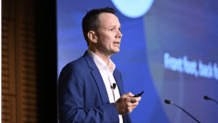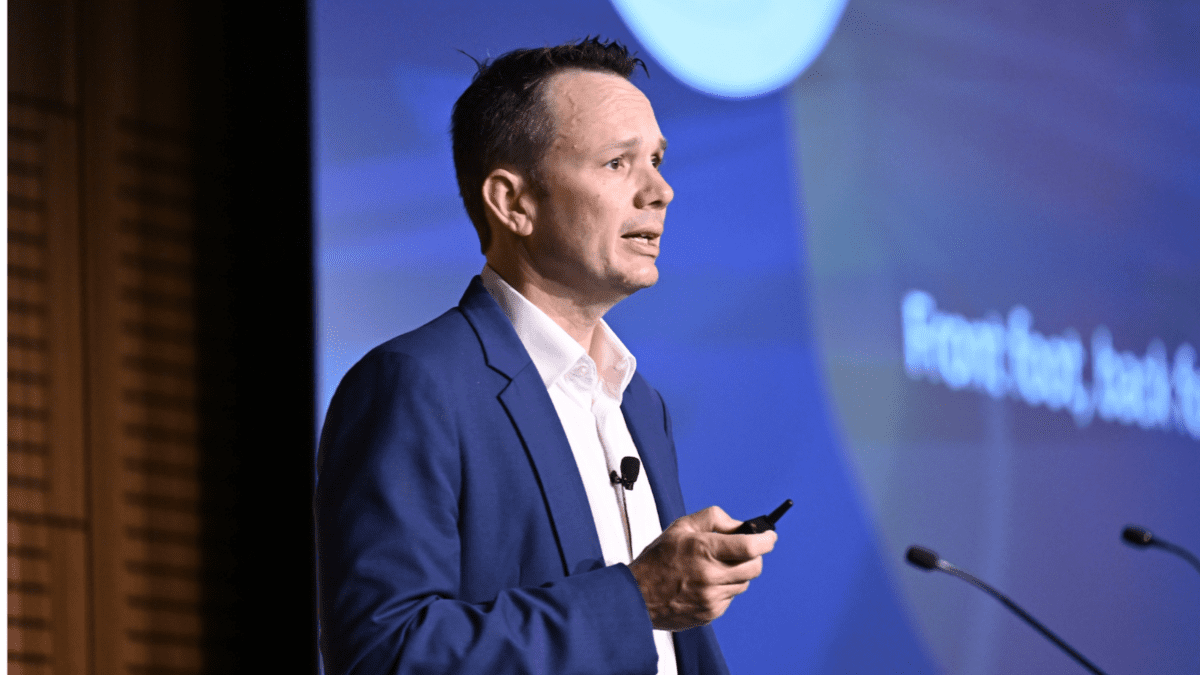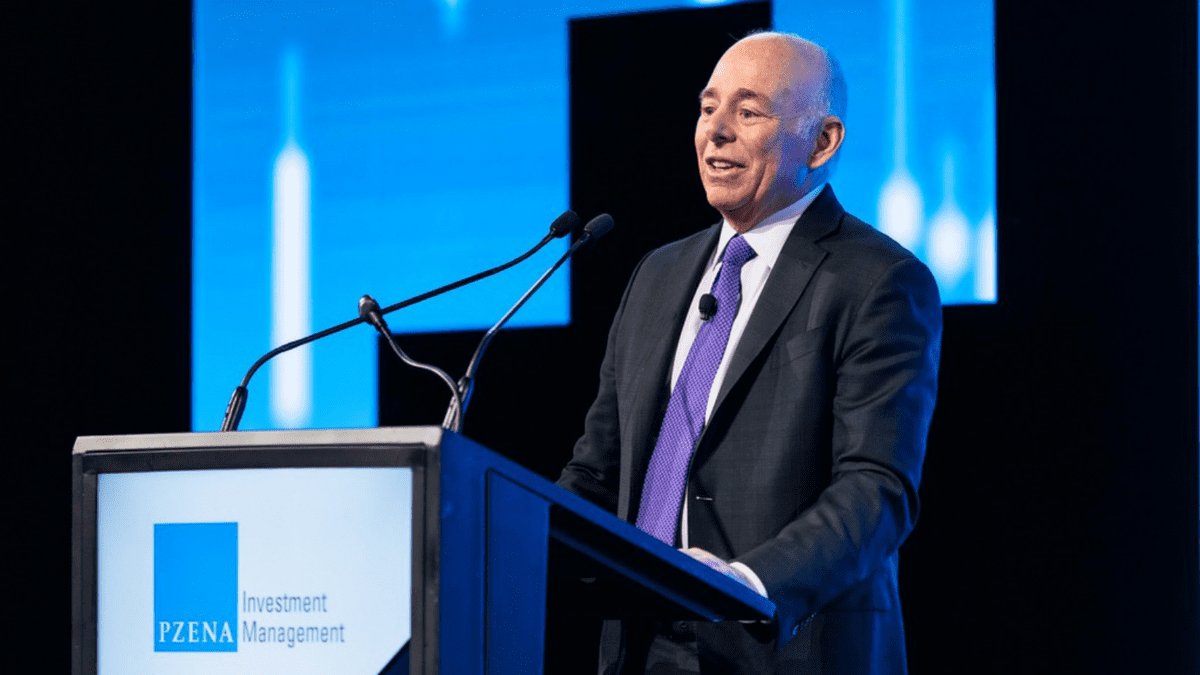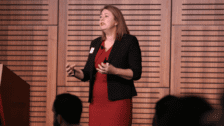So who has more advisers per capita, the US or Australia?
While it has by far the largest base of financial advisers across the globe, the US is facing a dearth of successful new entrants to the profession that mirrors the challenges faced at home in the Australian market.
The barriers to enter the advice profession differ significantly between the two nations, as do the regulatory parameters. Australia has (relatively) strict educational requirements and a professional year program for new entrants, while the US relies on the attainment of professional product licenses and a separate ‘Series 65’ exam.
Licensed advisers in Australia currently all fall in the same bucket (barring retail and wholesale distinctions), while US advisers are also split into ‘broker-dealers’ and Registered Investment Advisors (RIAs), with only RIAs carrying a fiduciary duty and having to act in the best interest of their clients.
Yet the fundamental issues facing the industry in the two nations – too many advisers leaving the profession and not enough coming through to replace them – bear a striking similarity.
The US maintains the world’s most comprehensive adviser workforce, which far outstrips the per capita numbers in Australia. Roughly 330,000 financial advisers in the US service an adult population of 260 million people, while approximately 16,000 Australian advisers service an adult population of 20 million.
That gives the US one adviser per 787 adults, compared to one Australian adviser for every 1,250 adults.
But while the falling adviser numbers in Australia have been a well-documented issue – one that turned the advice ‘quality’ review, scheduled by Hayne after the royal commission, into a desperate attempt to increase access and affordability – the problem in the US is only recently escalating.
According to US research firm Cerulli Associates, 106,264 advisers (spelt ‘advisors’ in the US) plan to retire in the next decade, representing 36.8 per cent of industry headcount.
High failure rates for new entrants are just as discouraging. Currently 72 per cent of rookie advisers “wash out or leave the profession” before establishing their careers, Cerulli’s June US Asset and Wealth Management report states.
The central issue for retiring advisers, the report puts forward, is a lack of succession planning options, with the personal side of transferring clients to a new adviser the biggest challenge.
“Many advisors delay making formal retirement arrangements until their options begin to dwindle,” the report states. “Practice management professionals caution that advisors often encounter roadblocks, including the emotional impact of transferring clients, finding a qualified buyer, and accurately valuing their practice.”
In terms of new entrants, the problem in the US isn’t attracting rookies – as it is in Australia – but keeping them.
“The number of new advisors entering the industry is barely offsetting retirements and trainee failures, as firms across all channels struggle with high wash-out rates,” the report states.
Total headcount for the US only grew by 2,570 advisers (net) in 2022, or about 0.78 per cent.
So while firms in the US are working to strengthen the talent pipelines by capturing talent from other industries, they are also heavily focused on providing better training and mentoring so those new entrants stick around.
“A well-structured training program should gradually shift rookie advisors into production and provide a natural progression of their roles and responsibilities, so that practices can capitalize on a new resource without boxing a rookie into an operational or support role,” the report states.
In this sense, the US is following Australia’s path with its development of more structured training programs for new entrants. While professional training programs aren’t mandated by the government in the US, as they are in Australia, market forces seem to be leading advice firms down the same path.











